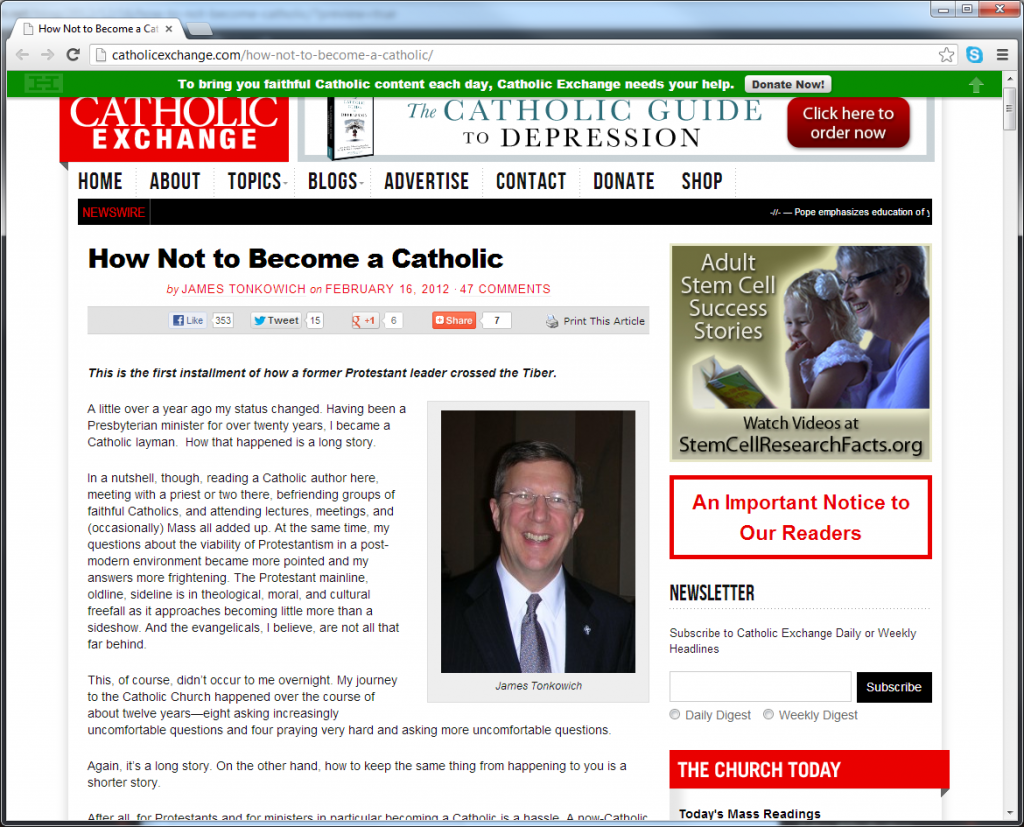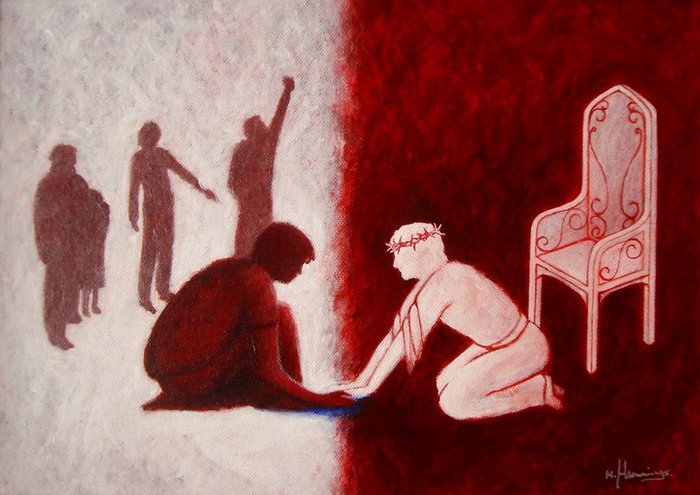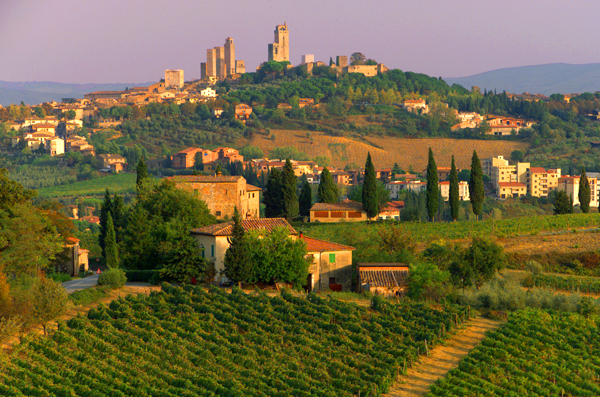Introduction to Early Church History
Have you ever wanted to get a better grasp of Early Church History, but not really known where to start? Do those thick books on Church History and Patristics intimidate you? Well, if so, I’d thoroughly recommend you check out Fr. Michael Witt’s website.
Unfortunately, the website is rather in need of a facelift, but the content is superb. Fr. Witt divides Church history into three sections: Early Church, Medieval and Modern. In each section there are MP3s of Fr. Witt and his co-host, Teresa, discussing each of these periods of history.
I first discovered Fr. Witt’s site while I was living in London and, over the course of a year’s worth of journeys on public transport I managed listened to the entirety of the Early Church library. Hmmm…maybe it’s time to do that again…
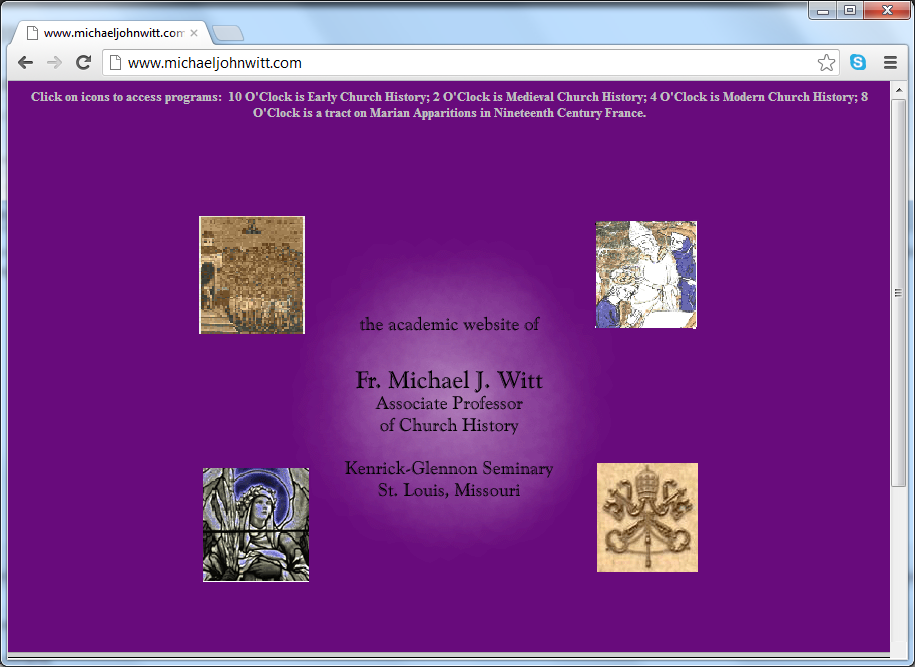
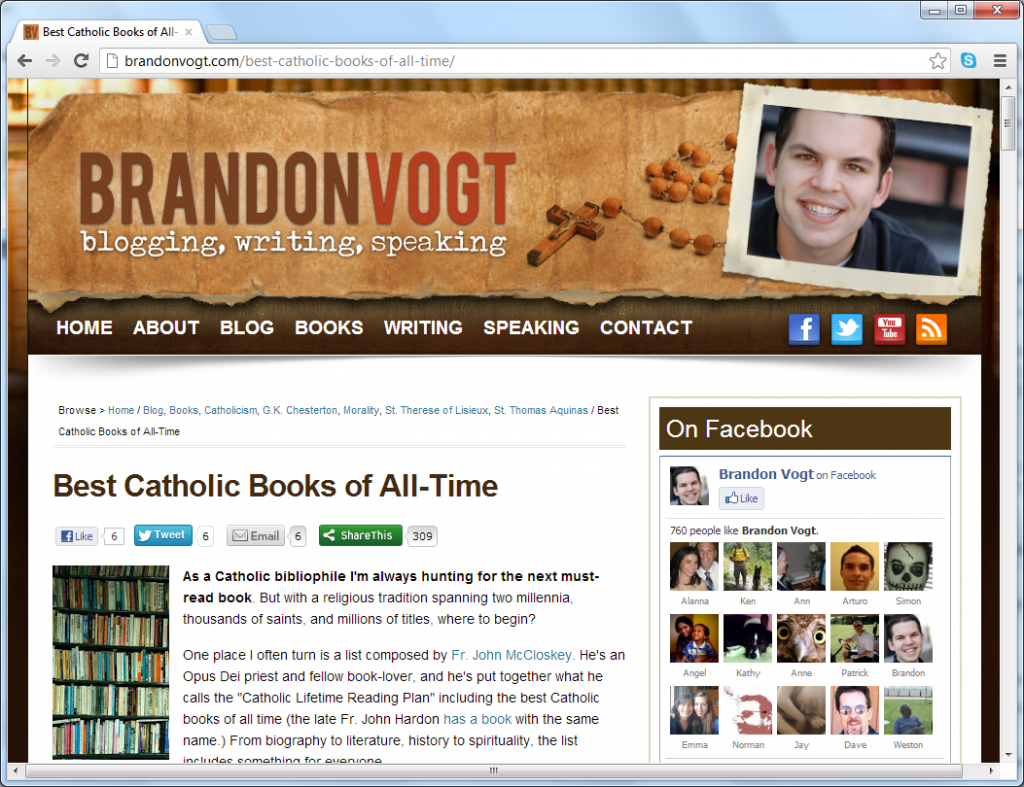


 Since today is the
Since today is the 